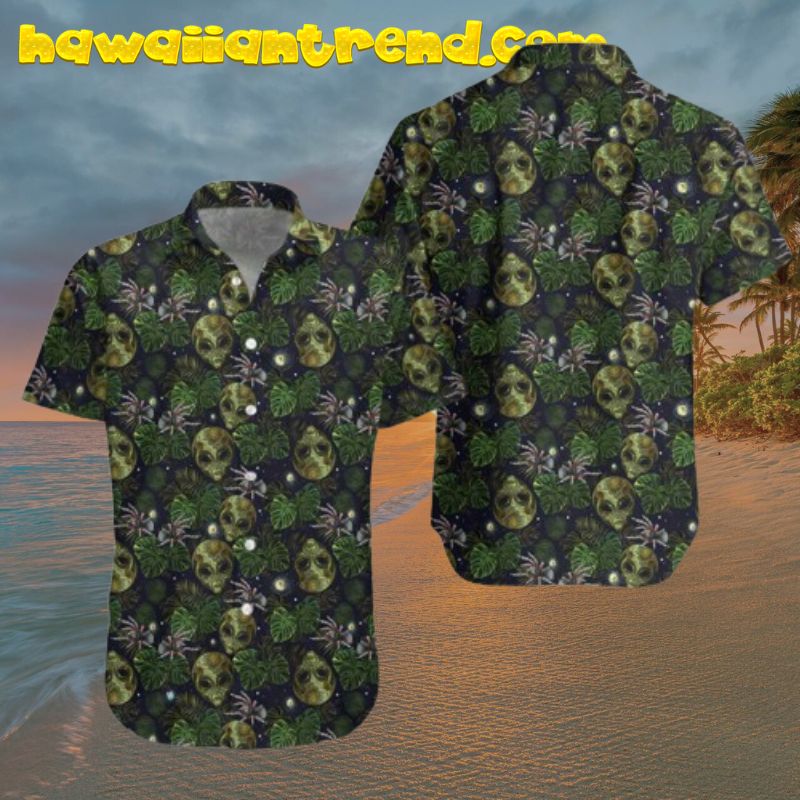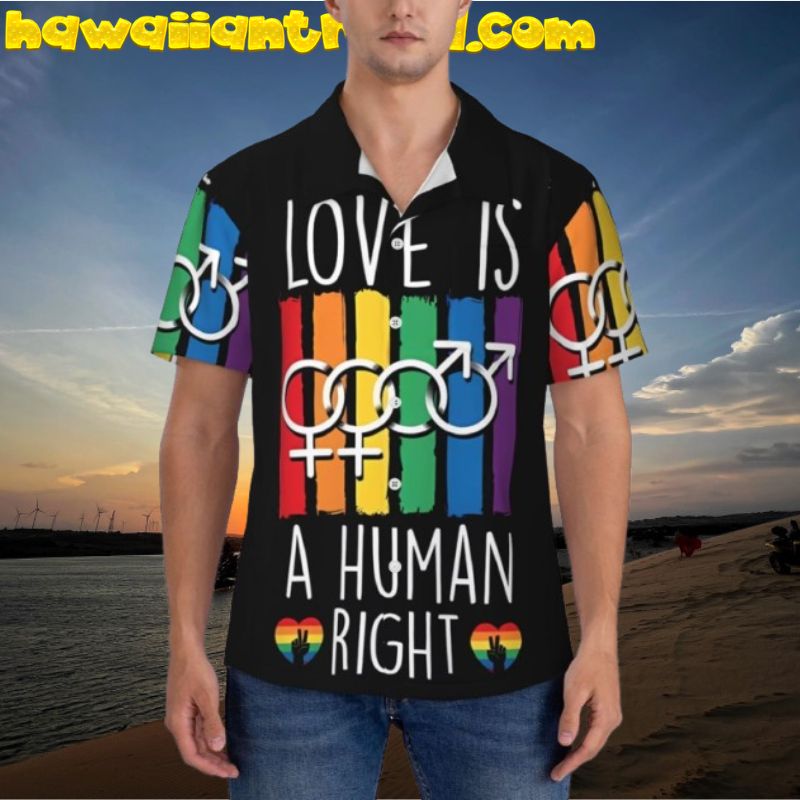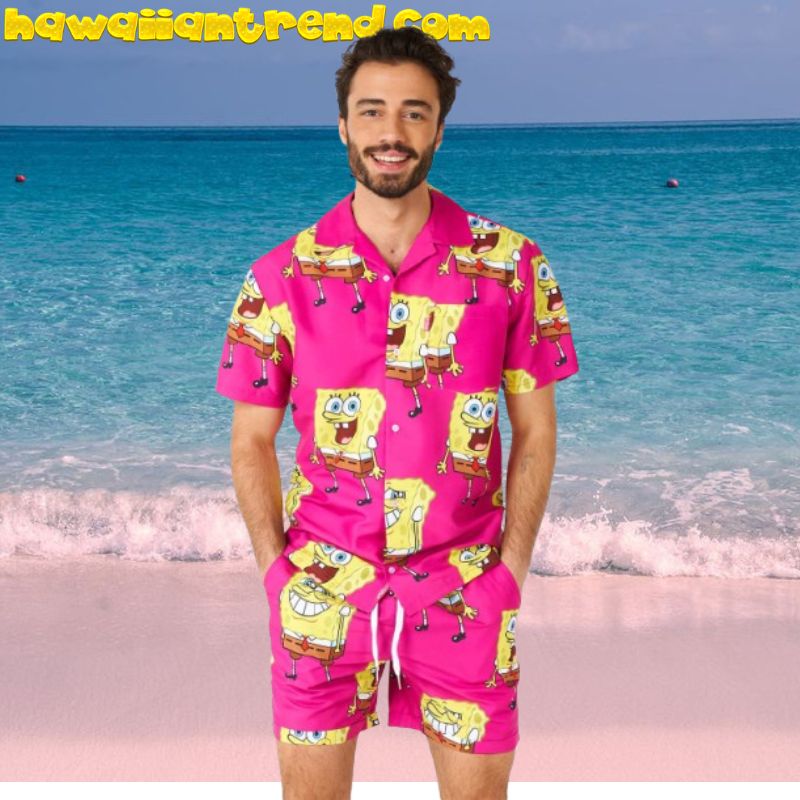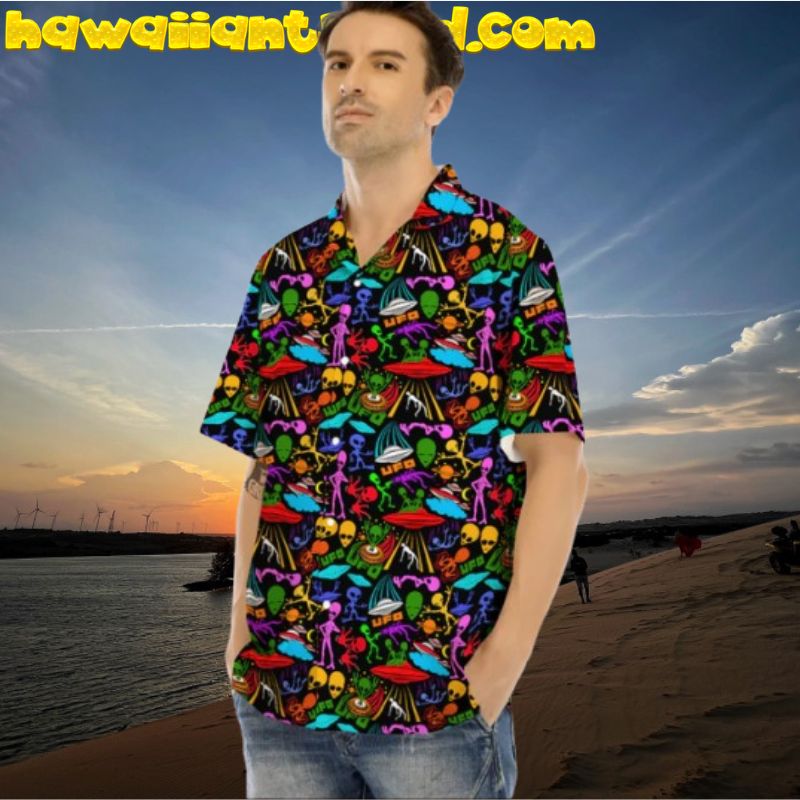Blog
What to Wear on Maui Island? Complete guide for you
Planning a trip to Maui can be exciting, but figuring out what to pack can feel overwhelming. The Valley Isle offers everything from pristine beaches to volcanic summits, bustling towns to sacred cultural sites, and each environment demands different clothing considerations. Getting your wardrobe right isn’t just about looking good—it’s about staying comfortable, showing respect for local culture, and being prepared for Maui’s diverse microclimates and activities.
Maui’s unique geography creates distinct climate zones that can surprise even experienced travelers. You might start your day watching the sunrise from Haleakalā’s chilly summit, spend your afternoon snorkeling in warm tropical waters, and end your evening dining at an upscale restaurant in Wailea. This climate diversity, combined with the island’s rich cultural heritage and outdoor adventure opportunities, makes thoughtful clothing choices essential for maximizing your Maui experience.

This comprehensive guide will walk you through everything you need to know about dressing for Maui, from understanding the island’s varied weather patterns to selecting the perfect outfits for specific activities. You’ll discover how to pack smart, respect local customs, and choose clothing that keeps you comfortable while embracing the island’s laid-back luxury vibe.
Understanding Maui’s Weather and Choosing the Right Outfit
Maui’s tropical climate maintains year-round temperatures between 70-85°F (21-29°C), but this simple statistic doesn’t tell the whole story. The island experiences two main seasons: the dry season (April through October) and the wet season (November through March). During the dry season, you can expect consistently warm, sunny weather with minimal rainfall, making lightweight, breathable fabrics your best friend. The wet season brings more frequent showers, higher humidity, and slightly cooler temperatures, requiring quick-dry materials and light rain protection.
What makes Maui truly unique are its distinct microclimates created by elevation and geography. Beach areas maintain that classic tropical warmth, with temperatures rarely dropping below 75°F even at night. However, venture into Maui’s upcountry regions—areas like Makawao, Kula, and Pukalani—and temperatures can drop 10-20 degrees, especially during evening hours. The most dramatic temperature variation occurs at Haleakalā National Park, where summit temperatures can plummet to 40-50°F, even on warm beach days.
These climate variations directly impact your clothing choices. Lightweight, moisture-wicking fabrics excel in beach and lowland areas, while layering becomes crucial for elevation changes. Natural fibers like cotton and linen offer excellent breathability but take longer to dry if caught in a shower. Synthetic blends provide superior moisture management and quick-dry properties, making them ideal for active pursuits and unpredictable weather.
The island’s trade winds, typically blowing from the northeast, create additional considerations. These consistent breezes help moderate temperatures and humidity, but they can also make lightweight fabrics feel cooler than expected. Conversely, areas sheltered from trade winds, particularly on the leeward (west and south) sides of the island, tend to feel warmer and more humid.

Essential Clothing for Maui’s Main Activities
Beach and Water Activities
Maui’s beaches are legendary, and your beach wardrobe should prioritize sun protection, comfort, and quick-drying materials. Pack multiple swimsuits—having a dry backup is invaluable when transitioning between beach activities and exploring other parts of the island. Choose swimwear in darker colors or patterns that won’t show sand and salt stains as readily.
Rash guards have become essential beach wear, offering superior sun protection compared to traditional swimwear. Long-sleeved rash guards provide excellent coverage for extended snorkeling sessions or beach days, while short-sleeved versions offer a good balance of protection and freedom of movement. Look for UPF-rated fabrics that block harmful UV rays even when wet.
Cover-ups should be lightweight and quick-drying. Sarongs, kaftans, and lightweight sundresses work beautifully, providing instant coverage for walking to and from the beach or grabbing lunch at beachside restaurants. Choose fabrics that won’t cling when damp and can transition from beach to casual dining without looking out of place.
For footwear, flip-flops remain the classic choice, but consider water shoes for rocky beaches like Waianapanapa State Park or areas with coral. Rubber sandals with good grip perform well on wet surfaces, while quick-dry water shoes protect your feet during snorkeling and rocky beach exploration.
Hiking and Outdoor Adventures
Maui’s hiking opportunities range from easy coastal walks to challenging summit climbs, each requiring different clothing considerations. For most trails, moisture-wicking synthetic fabrics outperform cotton, which becomes heavy and uncomfortable when wet from sweat or rain. Choose lightweight, breathable pants or shorts with UPF protection for sun-exposed trails.
Layering becomes crucial for elevation-gain hikes, particularly the popular Haleakalā summit adventures. Start with a moisture-wicking base layer, add an insulating mid-layer for warmth, and top with a wind-resistant outer shell. Temperatures at the summit can be 30-40 degrees cooler than at sea level, and strong winds can make conditions feel even chillier.

Proper hiking footwear is non-negotiable. Sturdy hiking shoes or boots with good ankle support and traction are essential for trails like the Waihee Ridge Trail or Pipiwai Trail. Even seemingly easy walks can involve uneven terrain, slippery surfaces, and occasional stream crossings. Break in new hiking shoes before your trip to avoid blisters and discomfort.
Rain gear deserves special attention. Quick-moving showers are common, especially on windward sides of the island and at higher elevations. A lightweight, packable rain jacket provides essential protection without taking up significant luggage space. Avoid heavy rain gear that will leave you overheated in Maui’s warm climate.
Exploring Towns, Shopping, and Casual Sightseeing
Maui’s towns offer diverse experiences, from the historic whaling village of Lahaina to the artistic community of Paia. Your daytime exploration wardrobe should prioritize comfort, versatility, and sun protection. Lightweight shorts, breathable sundresses, and comfortable walking shoes form the foundation of a perfect sightseeing outfit.
Choose pieces that mix and match easily, allowing you to create multiple outfits from fewer items. Neutral colors like white, beige, navy, and soft pastels work beautifully in tropical settings and photograph well against Maui’s stunning landscapes. Add pops of color through accessories like scarves, hats, or jewelry.
Walking shoes are crucial for town exploration. Many of Maui’s shopping and dining areas involve significant walking, often on uneven surfaces. Comfortable sneakers, supportive sandals, or low-profile hiking shoes work well. Avoid brand-new shoes that might cause blisters during extended walking.
Don’t forget sun protection during daytime activities. Wide-brimmed hats, sunglasses, and lightweight long-sleeved shirts provide essential coverage. Many of Maui’s attractions involve outdoor walking with limited shade, making sun protection a health necessity, not just a comfort consideration.
Dining Out and Nightlife
Maui’s dining scene ranges from casual beach shacks to world-class fine dining establishments, each with different dress expectations. Most restaurants maintain a relaxed, island-casual atmosphere, but some upscale venues request smart-casual attire, particularly during dinner service.
For casual dining, clean shorts or sundresses paired with nice sandals or sneakers work perfectly. Avoid overly beachy attire like flip-flops and swimsuit cover-ups unless you’re dining at a true beachside establishment. A light cardigan or button-down shirt can instantly elevate a casual outfit for nicer restaurants.
Upscale dining venues, particularly in resort areas like Wailea and Kapalua, may request collared shirts for men and discourage shorts during dinner hours. However, formal business attire is rarely necessary. Lightweight dress pants or khakis with a collared shirt for men, and sundresses or nice blouses with dress shorts or skirts for women, typically meet even upscale restaurant requirements.
Evening temperatures in Maui rarely require heavy jackets, but a light sweater or jacket can be useful for air-conditioned restaurants or breezy oceanfront dining. Choose pieces that layer well and pack compactly for versatility.

Ensure appropriate footwear is worn
You should prepare at least three types of footwear.: beach/water shoes, walking/hiking shoes, and casual/evening options.
Beach footwear priorities include quick-drying materials, good grip on wet surfaces, and easy sand removal. Traditional flip-flops work well for sandy beaches, but consider water shoes or sport sandals for rocky areas. Brands specializing in water sports often offer excellent options that transition well from beach to casual wear.
Hiking footwear depends on your planned activities. Serious hikers should invest in proper hiking boots with ankle support, while casual trail walkers might prefer lightweight hiking shoes or trail runners. Ensure adequate tread for slippery surfaces and consider quick-dry materials for trails that involve stream crossings.
For evening and casual wear, comfortable walking shoes that look presentable are essential. Leather or synthetic sandals, canvas sneakers, or casual loafers work well. Prioritize comfort over style—you’ll likely walk more than expected while exploring the island.
Necessary Gear and Essentials for Your Maui Trip
Sun protection accessories are non-negotiable in Maui’s intense tropical sun. Wide-brimmed hats provide essential face and neck protection, while baseball caps work well for active pursuits. Choose hats with chin straps for windy conditions, particularly during boat trips or summit visits.
Quality sunglasses protect your eyes from harmful UV rays and reduce glare from water and sand. Polarized lenses excel for beach and water activities, while wraparound styles provide maximum coverage. Consider a secure strap for active pursuits to prevent loss.
Reef-safe sunscreen is crucial for both personal protection and environmental responsibility. Hawaii has banned sunscreens containing oxybenzone and octinoxate, chemicals harmful to coral reefs. Choose mineral-based sunscreens with zinc oxide or titanium dioxide as active ingredients.
A thin cardigan, light jacket, or versatile scarf can provide warmth for air-conditioned spaces, evening breezes, or elevation changes. Choose pieces that pack small and coordinate with multiple outfits.
A quality daypack carries essentials for hiking and sightseeing, while waterproof phone cases protect electronics during beach and water activities. Reusable water bottles reduce plastic waste and keep you hydrated during outdoor adventures.

Tips and Common Mistakes to Avoid
Common overpacking mistakes include bringing too many formal clothes, heavy fabrics unsuitable for tropical climates, and redundant items that serve the same purpose. Most visitors need far fewer dressy clothes than they expect, and Maui’s casual atmosphere means you can repeat outfits without concern.
Laundry facilities are widely available, allowing you to pack fewer clothes and refresh your wardrobe mid-trip. Many hotels offer laundry services, and self-service laundromats are common in towns. Consider packing quick-dry fabrics that can be hand-washed and dried overnight if needed.
Basic clothing, sunscreen, and beach gear are widely available, but specialty items like hiking boots or technical outdoor gear may be limited and expensive. Pack essential items and purchase convenience items locally.
With thoughtful planning and the right clothing choices, you’ll be perfectly prepared to enjoy everything Maui has to offer, from sunrise adventures to sunset dinners, all while staying comfortable and respecting the island’s unique culture and environment.

